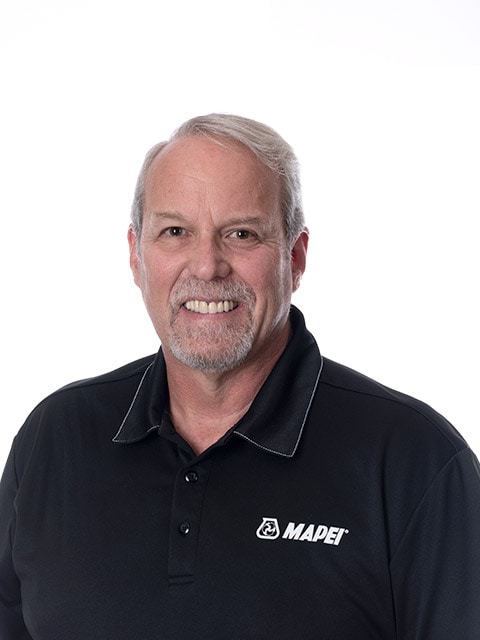Last month MAPEI attended the TCNA (Tile Council of North America) Handbook Committee meeting in Atlanta. MAPEI is the voting representative for Membrane Manufacturers on the 40 person committee and also provides technical expertise to the meetings. In addition to the committee, approximately 60 other industry representatives were in attendance. The goal of this meeting was to discuss and vote on new submissions for 2017 tile installation methods in the Handbook and consider edits to existing methods. While at times this process can seem tedious and cumbersome, it has proven to be beneficial to the industry by providing a handbook of methods that are peer reviewed and approved.
There is constant review of Methods and Standards for improvement, as well as new methods cautiously reviewed for addition to the TCNA Handbook every two years. This is accomplished through multiple committee calls throughout the year and every two years with a face to face meeting with all handbook committee members. The tile industry takes the TCNA Handbook and development of standards process very serious. Many volunteer their time for the TCNA Handbook; tile and setting material manufacturers, tile installers and user groups like ARCOM (MasterSpec) and CSI (Construction Specification Institute).
 One big change that serves as a good example is the change for steam rooms in the Handbook, submitted by the Steam Room Committee in 2012. The committee members had witnessed many failures in steam rooms due to poor construction, and inappropriate membranes being used in continuous use steam rooms. The recommendation involved the TCNA methods SR613 & SR614. The committee recommended that due to steam rooms ability to drive moisture and break down poor construction the method should be improved. Cautionary language was included like “use a tile contractor knowledgeable in steam room applications and experienced with the materials specified”. A major change was made to the waterproof membranes meeting ANSI 118.10 which was the only requirement in previous year’s methods, to include a low permeance rating. This new permeance rating of 0.5 perms or less, would need to be tested using ASTM E96 Procedure E which required temperatures at testing to be 100°F and 90% relative humidity, trying to test the membranes at conditions similar to a steam room. This new requirement was agreed upon and not one membrane manufacturer had ever tested to this new requirement. Because the industry felt it was important to reduce failures, it passed this new requirement and it was added to the TCNA Handbook.
One big change that serves as a good example is the change for steam rooms in the Handbook, submitted by the Steam Room Committee in 2012. The committee members had witnessed many failures in steam rooms due to poor construction, and inappropriate membranes being used in continuous use steam rooms. The recommendation involved the TCNA methods SR613 & SR614. The committee recommended that due to steam rooms ability to drive moisture and break down poor construction the method should be improved. Cautionary language was included like “use a tile contractor knowledgeable in steam room applications and experienced with the materials specified”. A major change was made to the waterproof membranes meeting ANSI 118.10 which was the only requirement in previous year’s methods, to include a low permeance rating. This new permeance rating of 0.5 perms or less, would need to be tested using ASTM E96 Procedure E which required temperatures at testing to be 100°F and 90% relative humidity, trying to test the membranes at conditions similar to a steam room. This new requirement was agreed upon and not one membrane manufacturer had ever tested to this new requirement. Because the industry felt it was important to reduce failures, it passed this new requirement and it was added to the TCNA Handbook.
It is this kind of cooperation, input from all aspects of the industry and the passion of this industry that contributes to our TCNA Handbook.

Comentarios
Load more comments